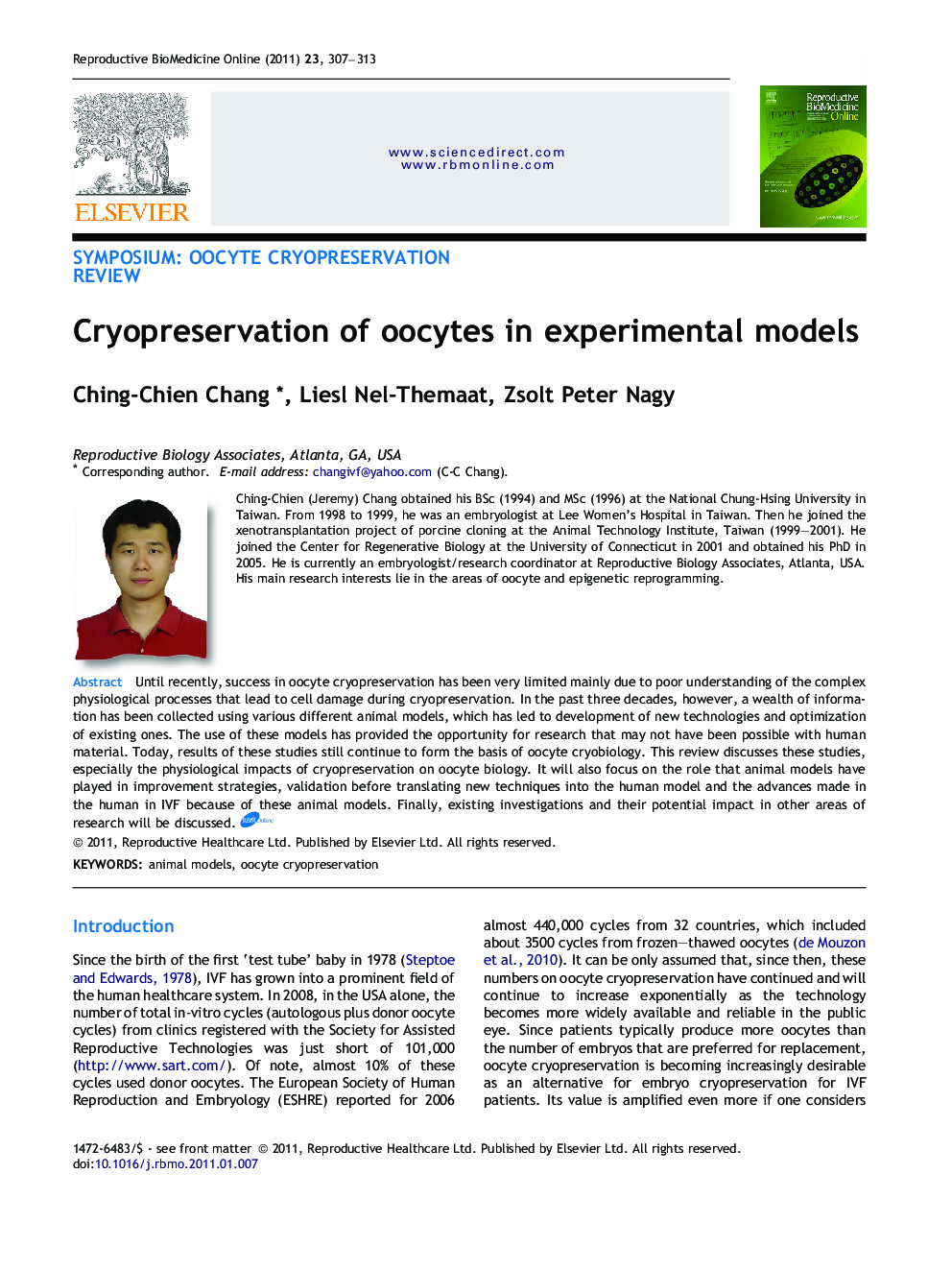| Article ID | Journal | Published Year | Pages | File Type |
|---|---|---|---|---|
| 3970975 | Reproductive BioMedicine Online | 2011 | 7 Pages |
Until recently, success in oocyte cryopreservation has been very limited mainly due to poor understanding of the complex physiological processes that lead to cell damage during cryopreservation. In the past three decades, however, a wealth of information has been collected using various different animal models, which has led to development of new technologies and optimization of existing ones. The use of these models has provided the opportunity for research that may not have been possible with human material. Today, results of these studies still continue to form the basis of oocyte cryobiology. This review discusses these studies, especially the physiological impacts of cryopreservation on oocyte biology. It will also focus on the role that animal models have played in improvement strategies, validation before translating new techniques into the human model and the advances made in the human in IVF because of these animal models. Finally, existing investigations and their potential impact in other areas of research will be discussed.Until recently, success in oocyte cryopreservation has been very limited mainly due to poor understanding of the complex physiological processes that lead to cell damage during cryopreservation. In the past three decades, however, a wealth of information has been collected using various different animal models, which has led to development of new technologies and optimization of existing ones. The use of these models provided the opportunity for research that may not have been possible with human material. Today, animal models still continuously provide imperative data that facilitate further advancements in oocyte cryobiology. This review will focus on the physiological impacts, current improvement strategies and future applications of oocyte cryopreservation using animal models as they benefit not only human oocyte cryopreservation procedures, but also the human species through their usefulness in agriculture, medicine and conservation.
